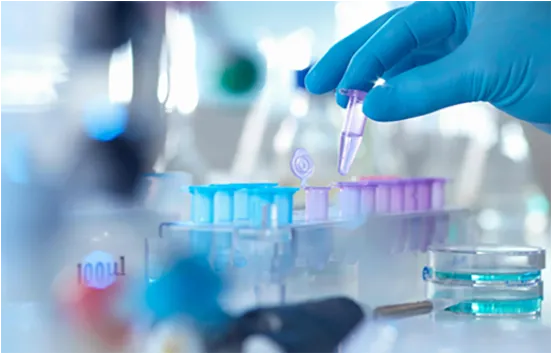medication plastic containers
The Rise of Medication Plastic Containers Safety, Convenience, and Sustainability
In recent years, the healthcare sector has seen a significant increase in the utilization of plastic containers for medication packaging. This shift towards utilizing plastic for pharmaceuticals can be attributed to a variety of factors, including safety, convenience, and evolving sustainability practices. As patients and healthcare providers navigate the complexities of medication management, the role of medication plastic containers becomes increasingly critical.
Safety First
One of the primary reasons for the adoption of plastic containers for medications is safety. Plastic containers are designed to minimize contamination and degradation of the medication inside. They are often made from materials that are resistant to moisture, light, and air, which helps preserve the integrity of the pharmaceuticals. In addition, many plastic containers feature child-resistant caps, which provide an extra layer of safety in households with children. This is especially important as the number of accidental poisonings due to improper medication storage continues to rise. By utilizing advanced design features, medication plastic containers can play a crucial role in preventing these incidents.
Convenience for Users
The convenience offered by plastic medication containers cannot be overstated. Unlike glass containers, which can be heavy and prone to breakage, plastic containers are lightweight and durable. This makes them easier for patients to handle, especially for those who may have limited dexterity or strength due to age or illness. Moreover, plastic containers can be easily molded into various shapes and sizes, allowing for tailored solutions that suit a wide range of medications—from tablets to liquids and even ointments.
medication plastic containers

Additionally, many manufacturers are implementing labeling technologies that enhance clarity and usability. For instance, some containers come equipped with braille labeling, making them accessible to visually impaired patients. Others may feature integrated dosage guides that help users understand how much medication to take and at what time, reducing the likelihood of medication errors.
Evolving Sustainability Measures
While plastic medication containers offer several advantages, their environmental impact has come under scrutiny. The rise of single-use plastics has raised concerns about pollution and waste management. Consequently, many pharmaceutical companies are now prioritizing sustainable packaging practices. Innovations in the field of biodegradable plastics and recyclable materials are leading the way in creating more environmentally friendly medication containers.
Companies are increasingly looking into using post-consumer recycled plastics or creating containers that can be reused. Additionally, educational campaigns are being launched to encourage patients to recycle their medication containers properly. As the conversation surrounding sustainability grows, it is essential for the pharmaceutical industry to adapt and play a proactive role in mitigating environmental concerns.
Conclusion
The adoption of plastic containers for medication packaging presents a myriad of benefits, from enhanced safety and convenience to new opportunities for sustainability. As the pharmaceutical industry continues to innovate, it is crucial to balance the needs of patients with environmental responsibilities. Looking ahead, we can expect further advancements in medication plastic container design and materials aimed at improving patient outcomes while reducing environmental impacts. Ultimately, the evolution of medication packaging will play a pivotal role in how medications are stored, distributed, and consumed, safeguarding both public health and the planet.
-
Aesthetic Makeup Spray Bottles | Fine Mist Empty RefillableNewsAug.19,2025
-
White Plastic Veterinary Vaccine Vials | Lab Liquid BottlesNewsAug.18,2025
-
Plastic Medicine Liquid Bottle: Secure Flip Top Drug VialsNewsAug.17,2025
-
Durable 250ml Blue Plastic Vaccine Vial for Lab & Vet UseNewsAug.16,2025
-
Sterile Virus Sample Tubes: Secure & Reliable Specimen CollectionNewsAug.15,2025
-
White 250ml Plastic Vaccine Vial for Lab & Vet MedicineNewsAug.14,2025
























